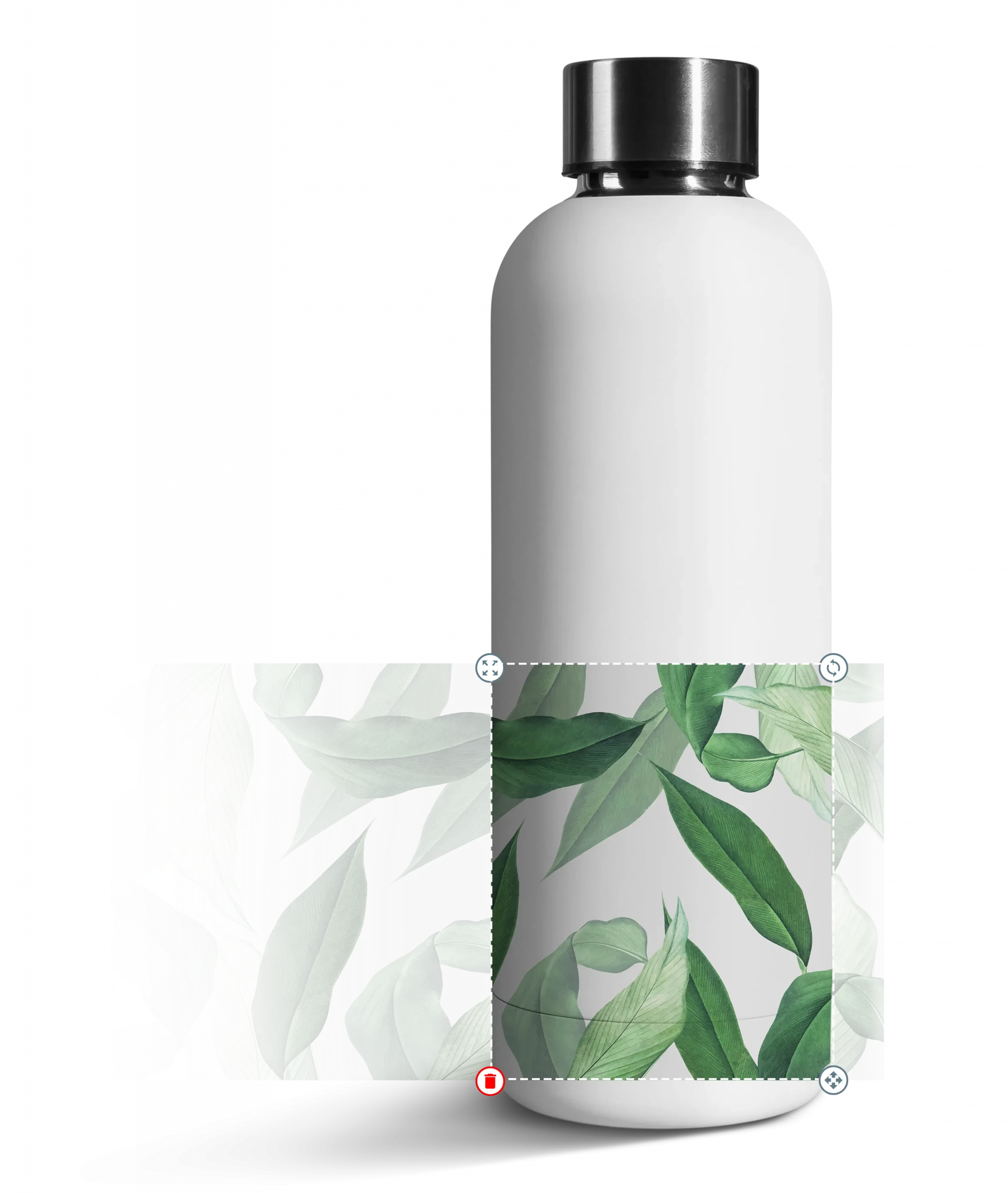Although online shopping is skyrocketing, there is still one aspect that may seem like a check: the lack of touch and feel experience. How to solve? An alternative is represented by the 2D and 3D visualization. What is the difference? Which is better?
Having a product that meets customers’ needs and expectations is a challenge. Once this challenge is overcome, there is another bigger one: to gain customer trust.
Online retailers focus heavily on marketing to build a relationship of trust with their customers. However, trust is not enough to be sure that the products exactly meet the buyer needs. A limitation that becomes even greater when it comes to buying products that can be customized, such as luxury bags, high jewelry or furniture.
And that is where 2D and 3D visualization comes into play. It offers the buyer the opportunity to see the object in the most realistic way.
The 2D visualization is made of static images (in two dimensions, in fact) that make the visualization partial for the customer.
On the other hand, the 3D preview is much more realistic and shows the 360 degrees product. Several tests have shown that 3D modeling can positively improve product involvement, limiting the errors that could occur with the use of 2D images.
2D configurators work with image overlays so you need to have the image for each option. The 3D model is only one and it is possible to select the various options for the single model.
As always, the difference is the product you are selling. A 2D configurator is the perfect solution for all products that have a low number of variants. On the contrary, a 3D configurator is the perfect solution for items that offer numerous variations and that even in real life offer a 360-degree view.
Just some examples. Think of a brochure or a business card. In this case, 3D is not necessary. On the contrary, 3D is perfect for a cup or a lamp.
Advantages
Having a 3D product configurator has significant advantages. Give users what they want. Show what they want, and you will have their trust. By rendering 3D products, brands can quickly make changes to product models to meet the needs of emerging customers.
Personalization is proving to be a winning move in an increasingly homogeneous market.
What are the advantages of a 3D Configurator in your online store?
Greater customer interaction: customers are willing to interact with the product and, in this way, they become more involved and can be pushed to look for more product information, which ultimately increases the desire to buy on the e-commerce platform.
Product Understanding: The visual elements help customers understand the product. Even more if it is a complex product. They have the potential to engage and guide a user emotions. In the case of interactive visual elements, users can have a complete vision of the product, a factor that profoundly influences their decisions. Using 3D models, customers can explore and interact with the products as they wish. They can play with the product, zoom out, zoom in, rotate and view it from all angles. The full view will have a positive impact on their purchasing decisions because customers will have a greater understanding of the attributes, characteristics and functions of that product.
Light and easy to implement: Often, the brands that want to offer personalization produce many photos trying to cover all possible attributes: dimensions, textures, colors, etc. But this method requires a large amount of funds and such a heavy load of images could reduce the speed of the web page and therefore spoil the shopping experience.
Unlimited number of possible configurations: 3D configurators are flexible and allow customers to customize a single product with unlimited choices. A simple product line may not recognize the importance of 3D configuration.
Use of Augmented Reality: AR is one of the main trends in the e-commerce world and beyond. AR consolidates customer engagement by offering a personalized experience. It is a solution halfway between physical contact, typical of face-to-face selling, and online shopping, where the seller-customer relationship is almost nonexistent. You can learn more about AR in Product Customization here.
Lead quality: We have noticed that our customers using a configurator have a higher conversion rate and have increased the quality of leads. This is because potential customers learn about the product you would like to buy and buy it without any doubt on features.
Last but not the least, you will be in step with the times.














